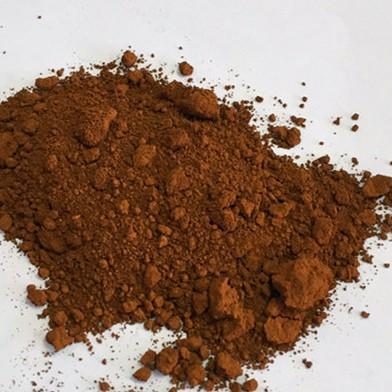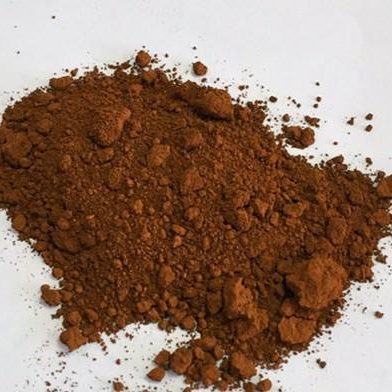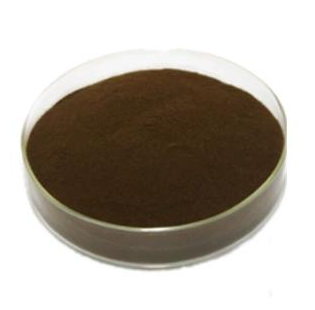Professional and high-quality metal alloys, ceramic products and concrete additives | RBOSCHCO
PRODUCT PARAMETERS
Description
Overview of Copper Nanoparticles (Nano Cu Powder)
Copper nanoparticles, typically described as Nano Cu powder, are little bits of copper with measurements gauged in nanometers. The bits show one-of-a-kind physical and chemical buildings as a result of their nanoscale dimension, making them extremely useful in different applications. Nano Cu powder has actually brought in considerable passion over the last few years because of its possibility in areas like electronic devices, catalysis, and biomedicine.
Characteristics of Copper Nanoparticles
Little Dimension & Big Area: Copper nanoparticles have a high surface-to-volume proportion, causing boosted catalytic task and sensitivity.
Exceptional Conductivity: In spite of their nanoscale dimension, copper nanoparticles maintain their high electric and thermal conductivity, making them excellent for conductive inks and pastes.
Optical Characteristic: Nano Cu powder displays distinct optical homes, consisting of solid absorption and spreading of light, making it helpful in solar power conversion and photonic tools.
Biocompatibility: Copper is biocompatible and has actually been utilized in clinical applications like antimicrobial finishings and medicine distribution systems.
High Sensitivity: As a result of their tiny dimension, copper nanoparticles are very responsive and can be utilized in catalytic responses, such as those entailing natural synthesis.
Parameter table of Copper Nanoparticles
| Copper Nanoparticles Properties | |
| Other Names | copper nanopowder, copper nano-particles, copper nano-powder, nanocopper, nano-copper |
| CAS No. | 7440-50-8 |
| Compound Formula | Cu |
| Molecular Weight | 63.55 |
| Appearance | Gray to Black Powder |
| Melting Point | 1083 ℃ |
| Boiling Point | 2567 ℃ |
| Poisson’s Ratio | 0.34 |
| Solubility in H2O | N/A |
| Thermal Expansion | (25 °C) 16.5 µm·m-1·K-1 |
| Copper Nanoparticles Health & Safety Information | |
| Signal Word | Danger |
| Hazard Statements | H228-H400 |
| Hazard Codes | F |
| Risk Codes | 11 |
| Safety Statements | 16 |
| Transport Information | UN 3089 4.1/PG 2 |
Application of Copper Nanoparticles
Catalysis: The high sensitivity of copper nanoparticles makes them reliable drivers in numerous chain reactions, such as the manufacturing of hydrogen from water splitting..
Biomedicine: Copper nanoparticles have actually been utilized in antimicrobial finishes, medication distribution systems, and imaging representatives as a result of their biocompatibility and distinct optical buildings.
Solar Energy: The optical properties of Nano Cu powder make it a potential material for solar energy conversion, including photovoltaic cells and solar thermal applications.
Sensors: The high sensitivity and reactivity of copper nanoparticles make them suitable for use in sensors, such as those for gas detection and biological sensing.
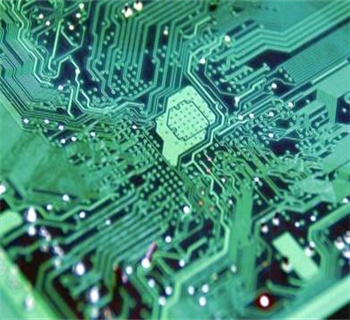
Electronics

Catalysis

Biomedicine
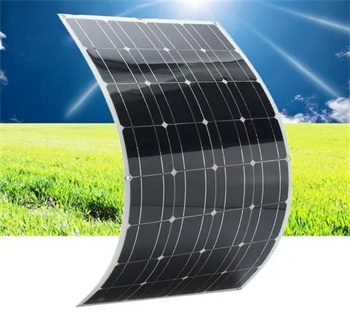
Solar Energy
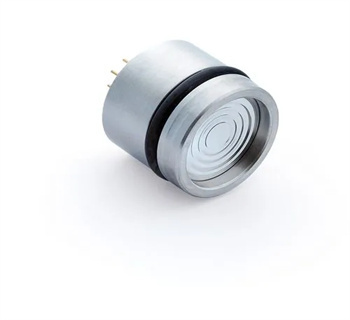
Sensors
Production Method of Copper Nanoparticles
Chemical Reduction Method
- Reagent Preparation: Prepare a copper salt solution, such as copper sulfate solution, and select a suitable reducing agent like sodium borohydride or hydrazine hydrate.
- Reaction: Add the reducing agent to the copper salt solution under stirring. The reducing agent reduces copper ions to form copper nanoparticles. The reaction temperature and time are usually controlled at 25 – 60°C and 1 – 3 hours respectively.
- Separation and Washing: Separate the obtained copper nanoparticles by centrifugation and wash them with deionized water and ethanol to remove impurities.
Physical Vapor Deposition
- Vaporization: Heat copper in a high – vacuum chamber to vaporize it.
- Nucleation and Growth: The copper vapor comes into contact with a cold substrate. Copper atoms nucleate and grow on the substrate surface to form copper nanoparticles. The vacuum degree is typically around 10−4 to 10−6 Pa, and the substrate temperature is 100 – 300°C.
Sol – Gel Method
- Sol Preparation: Mix copper alkoxide or other copper precursors with solvents and catalysts to form a sol.
- Gelation: Through hydrolysis and condensation reactions, the sol transforms into a gel.
- Reduction and Calcination: Reduce and calcine the gel at 300 – 600°C to obtain copper nanoparticles.
Company Profile
RBOSCHCO is a trusted global chemical material supplier & manufacturer with over 12-year-experience in providing super high-quality chemicals and nanomaterials, including boride powder, nitride powder, graphite powder, sulfide powder, 3D printing powder, etc.
The company has a professional technical department and Quality Supervision Department, a well-equipped laboratory, and equipped with advanced testing equipment and after-sales customer service center.
If you are looking for high-quality Copper Nanoparticles, please feel free to contact us or click on the needed products to send an inquiry.

Storage Condition of Copper Nanoparticles
Copper nanoparticles are highly reactive, so strict storage is crucial. Store them in an airtight, vacuum-sealed container to prevent oxidation by air and moisture. Keep them in a calm environment, around 5 – 15°C, as higher temperatures can accelerate reactions. The storage area should be dry, with relative humidity below 30%. Avoid exposure to light, as it can trigger unwanted chemical changes. Isolate from other reactive substances to prevent side reactions that could degrade the nanoparticles’ properties.
Payment Term
L/C, T/T, Western Union, Paypal, Credit Card etc.

Shipment Term
By sea, by air, by express, as customers request.
5 FAQs of Copper Nanoparticles
Q1:
What are the potential health risks associated with copper nanoparticles?
Re:
Q2:
How are copper nanoparticles produced?
Re: Copper nanoparticles can be generated utilizing numerous approaches, consisting of chemical decrease, physical vapor deposition, and microemulsion synthesis. These techniques include lowering copper ions to create small bits, which are, after that, maintained and distributed in an appropriate tool.
Q3:
What are the storage requirements for copper nanoparticles?
Re: Copper nanoparticles ought to be kept in closed containers, far from wetness and light, to preserve their security and avoid gathering. In addition, they ought to be dealt with under-regulated problems to stay clear of direct exposure to heat or oxygen, which can influence their residential properties.
Q4:
How do copper nanoparticles differ from bulk copper?
Re: The crucial distinction in between copper nanoparticles and mass copper depends on their dimension and linked buildings. Mass copper is a macroscopic product with mass homes, while copper nanoparticles have actually measurements determined in nanometers, providing them distinct physical and chemical residential or commercial properties, such as high area, sensitivity, and optical qualities.
Q5:
What are some challenges in using copper nanoparticles?
Re: Some obstacles in operation copper nanoparticles include their gathering propensity, security in various atmospheres, and possible poisoning. Gathering can influence their efficiency in applications, while security and poisoning problems call for cautious handling and examination prior to extensive usage. In addition, the high expense of manufacturing can be a restricting element for some applications.
REQUEST A QUOTE
RELATED PRODUCTS

99.9% Iron Element Pure Nano Iron Powder Fe Nanoparticles Price
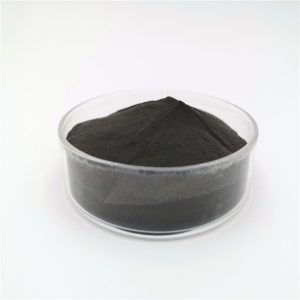
Supply High Purity 99% Boron Powder B Nanoparticle

Metallic Materials Nano Zirconium Carbide ZrC Alloy Materials Zirconium Carbide with CAS 12070-14-3
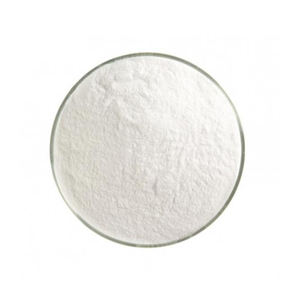
Factory Price Silicon Carbide Powder SiC Nanoparticles SiC Nanopowder
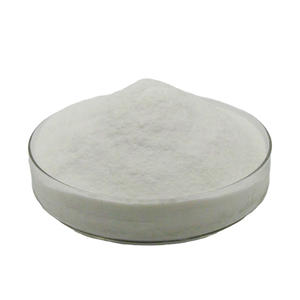
Heat Resistance, Cold Resistance, Corrosion Resistance, Wear Resistance Polytetrafluoroethylene Powder PTFE


